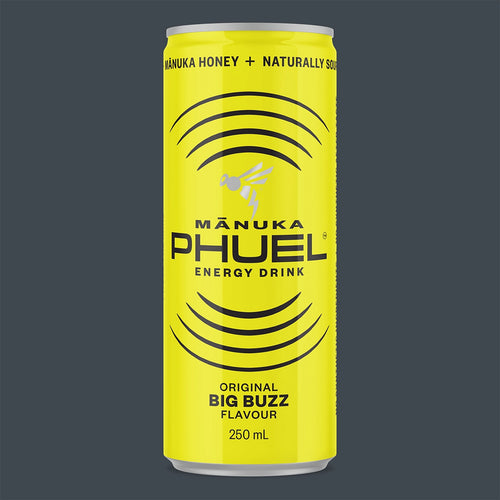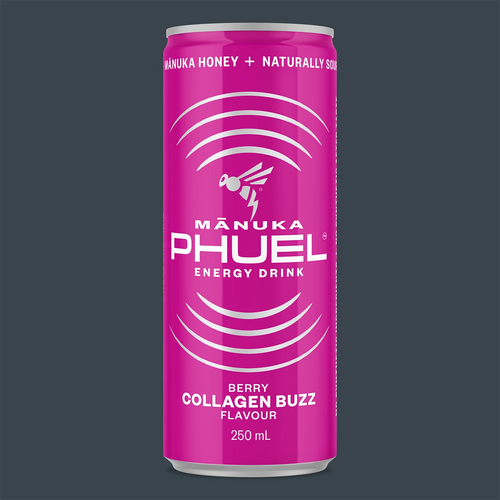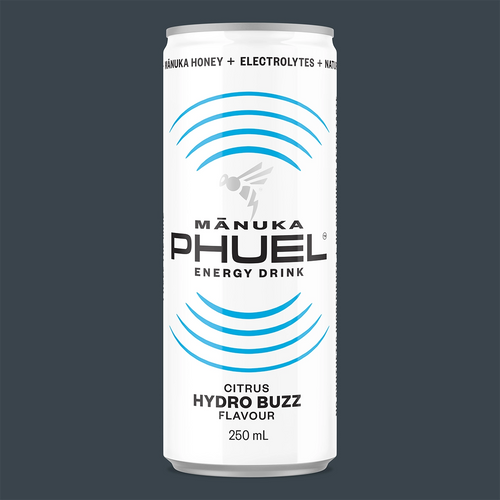How does pollution damage your skin?
OK, pay attention at the back – it’s time for some science. Our skin is bombarded every day by free radicals. These are unstable molecules created by exposure to sunlight, cigarette smoke, fried foods and, yes, pollution.1 When free radicals come into contact with your skin, they can speed up the signs of ageing, such as dark spots, dry skin and wrinkles. And if you live in a city, the impact can be much worse.
A groundbreaking study published in the Journal of Investigative Dermatology followed 400 women living in urban and rural environments for 24 years. Results showed that women who were exposed to higher levels of pollution had more age spots and wrinkling than their country cousins.2 It’s thought that tiny particles of pollution, some 20 times smaller than your pores, can enter the deep layers of skin where they trigger inflammation and ageing.
Air pollution can also magnify the effects of other skin-damaging pollutants. We know that sunlight, or UV light, is harmful to skin; it increases your risk of skin cancer and collagen breakdown. But evidence now shows that UVA light combined with polycyclic aromatic hydrocarbons – certain pollutants including exhaust fumes and cigarette smoke – significantly increases the appearance of skin ageing.3
What’s worse, pollution levels are rising across the UK. A 2018 survey by the University of Exeter and the World Health Organisation found two-thirds of us are now living in areas with ‘unsafe’ levels of air pollution.4 In other words, more of us will have to deal with the damaging effects of pollution on our skin. So, what can you do to protect it?
Step one – cleanse carefully
A quick wipe round with a flannel won’t cut it. You need a cleanser that not only removes make-up and sunscreen on the surface of your skin, but works deep enough to eliminate microsopic traces of pollution too. The new Anti-Pollution Detoxifying Cleanser from Manuka Doctor contains tiny exfoliating particles to gently cleanse the skin, and peach flower extract that has been proven to reduce UV damage.5 Avoid scrubbing too harshly though, as this can irritate the skin and lead to redness.
Step two – repair and replenish
After cleansing, use an antioxidant-rich moisturiser to nourish the skin and reduce the effects of free radicals.6 Ingredients like shea butter, cocoa butter and moringa oil – all found in Manuka Doctor’s new Anti-Pollution Recovery Night Cream – are powerful antioxidants, shown to help neutralise free radical damage and ease inflammation.7,8,9 You could also up your intake of antioxidants by eating plenty of fresh fruits and vegetables, particularly blueberries, strawberries and spinach.10
Step three – protect against pollution
Your final step is to support your skin. A sunscreen with at least SPF 15 is a given, but why not try an anti-pollution shield too? Look for active ingredients that are known to protect against environmental damage, such as white horehound. Studies have found this plant extract has anti-inflammatory and antioxidant properties.11 Bee venom has also been shown to inhibit UV damage and boost recovery of UVB-damaged skin cells.12 The new Manuka Doctor Anti-Pollution Protective Primer contains both, plus other skin-soothing ingredients.
If you suffer from asthma, are pregnant, or have other health conditions, it may be useful to check local levels of air pollution every day before leaving home.
Sources:
1 Medical News Today. How do free radicals affect the body? https://www.medicalnewstoday.com/articles/318652.php
2 Vierkötter A, et al. Airborne Particle Exposure and Extrinsic Skin Aging. J Invest Dermatol. 2010 Dec;130(12):2719-26. https://www.sciencedirect.com/science/article/pii/S0022202X15346455
3 Burke KE, Wei H. Synergistic damage by UVA radiation and pollutants. Toxicol Ind Health. 2009 May-Jun;25(4-5):219-24. https://journals.sagepub.com/doi/10.1177/0748233709106067
4 Bawden T. The Independent. Revealed: The map that shows most of us are living in areas with ‘unsafe’ air pollution. https://inews.co.uk/news/environment/air-polution-unsafe-uk-world-health-organisation/
5 Kim YH, et al. Protection of the flowers of Prunus persica extract from ultraviolet B-induced damage of normal human keratinocytes. Arch Pharm Res. 2000 Aug;23(4):396-400. https://link.springer.com/article/10.1007/BF02975454
6 Baumann L. Skin ageing and its treatment. J Pathol. 2007 Jan;211(2):241-51. https://www.ncbi.nlm.nih.gov/pubmed/17200942
7 Watson K, Cherney K. healthline. What Is Shea Butter? 22 Reasons to Add It to Your Routine. https://www.healthline.com/health/beauty-skin-care/what-is-shea-butter
8 Scapagnini G, et al. Cocoa bioactive compounds: significance and potential for the maintenance of skin health. Nutrients. 2014 Aug 11;6(8):3202-13. https://www.mdpi.com/2072-6643/6/8/3202
9 Sreelatha S, Padma PR. Antioxidant activity and total phenolic content of Moringa oleifera leaves in two stages of maturity. Plant Foods Hum Nutr. 2009 Dec;64(4):303-11. https://link.springer.com/article/10.1007%2Fs11130-009-0141-0
10WebMD. 10 Nutrient-Rich Super Foods. https://www.webmd.com/food-recipes/features/10-super-foods#1
11Juliano C, Magrini GA. Cosmetic Functional Ingredients from Botanical Sources for Anti-Pollution Skincare Products. Cosmetics 2018, 5(1),19. https://doi.org/10.3390/cosmetics5010019
12Han S, et al. Inhibitory effect of bee venom against ultraviolet B induced MMP-1 and MMP-3 in human dermal fibroblasts. Journal of Apicultural Research 46(2):94-98. https://www.tandfonline.com/doi/abs/10.1080/00218839.2007.11101374



